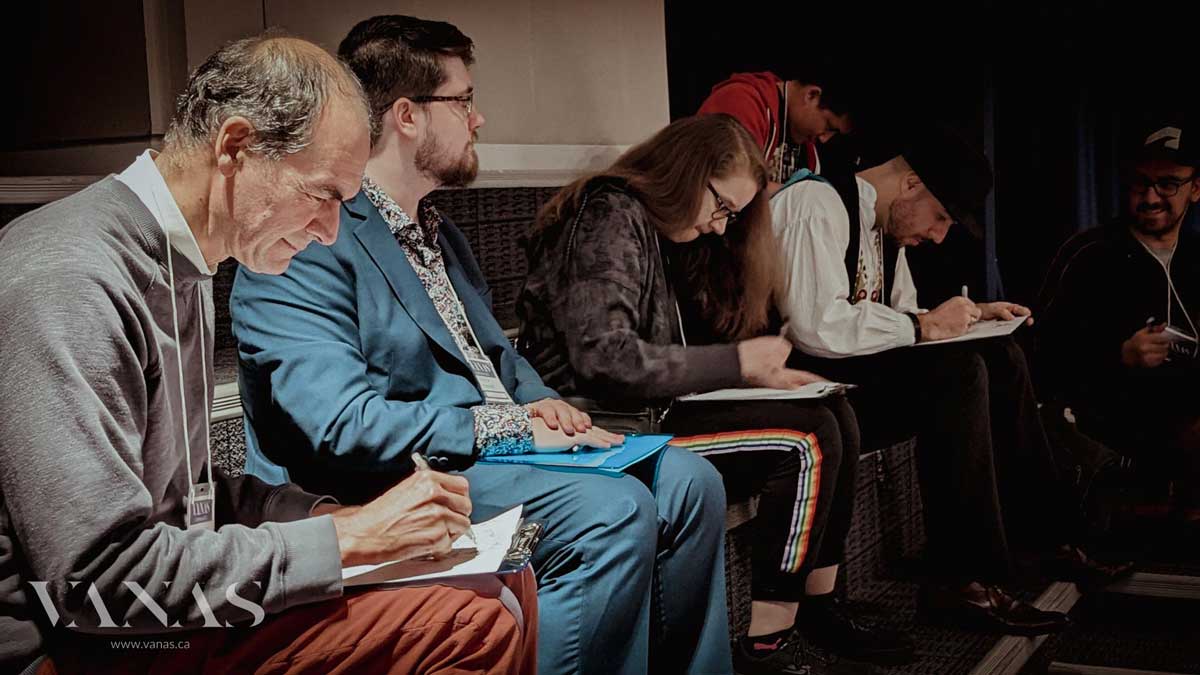
Top 3 Rules for Creative People
Creative people like to design, create, and build products freely, but complications arise when they fail. On the one hand, producing original work implies no prescribed formulas. But, on the other hand, accomplished creative people consistently follow a series of steps, processes, and systems that lead to success.
Similarly, creativity is associated with artists who draw, sing, paint, or dance. However, creativity is not only about holding a paintbrush but about the ability to convert an intangible to a tangible, which people can see, feel, or touch. Think about famous creative individuals like Henry Ford, Steve Jobs, Lady Gaga, or Leonel Messi. They follow processes, systems, and rules to steer their creativity and achieve success. In the following paragraphs, we will describe the top three rules for creative people.
Rule number one: Embrace the Failure Paradox.
Creative people who are novices wish to find instant success but often find failure. For example, projects could take weeks, months, or years of hard work. Still, results could be unsuccessful after many attempts. As David and Tom Kelley wrote, “That is the surprising, compelling mathematics of innovation: if you want more success, you have to be prepared to shrug off more failure” (31). So, welcome challenges and accept failure as the path to success.
Rule number two: Make Useful Things.
Novice creative people expect to make something popular, but unfortunately, their creations are unused. In the words of Edward Albee, “Most art is awful. Terrible. And that includes a lot of very popular stuff…maybe one creative out of a hundred of them will do something useful” (29). So, consider what problem your creation solves, whom it helps, and how it benefits the world.
Rule number three: Create value for what matters most.
While working in traditional sectors, creatives should look at industries that value their original ideas. For instance, Nandan Nikelani, CEO of one of the largest technology companies in India, wrote, “Classically, we have thought of creativity in the artistic sense, in terms of art, music, and literature. But I think there is a lot of creativity in business today” (56). This means that businesses value and need creativity to propel them forward.
To conclude, creative people should not resist systems, processes, or guidelines but embrace them for success. They must create useful products for society and work in industry sectors that value their creativity for long-term impact.
Works Cited
Kelley, David, and Kelley, Tom. Creative Confidence: Unleashing the Creative Potential Within Us All. Crown Business, 2013.
Meyers, H., and R. Gerstman. Creativity: Unconventional Wisdom from 20 Accomplished Minds. 1st ed. 2007., Palgrave Macmillan UK: Imprint: Palgrave Macmillan, 2007.







